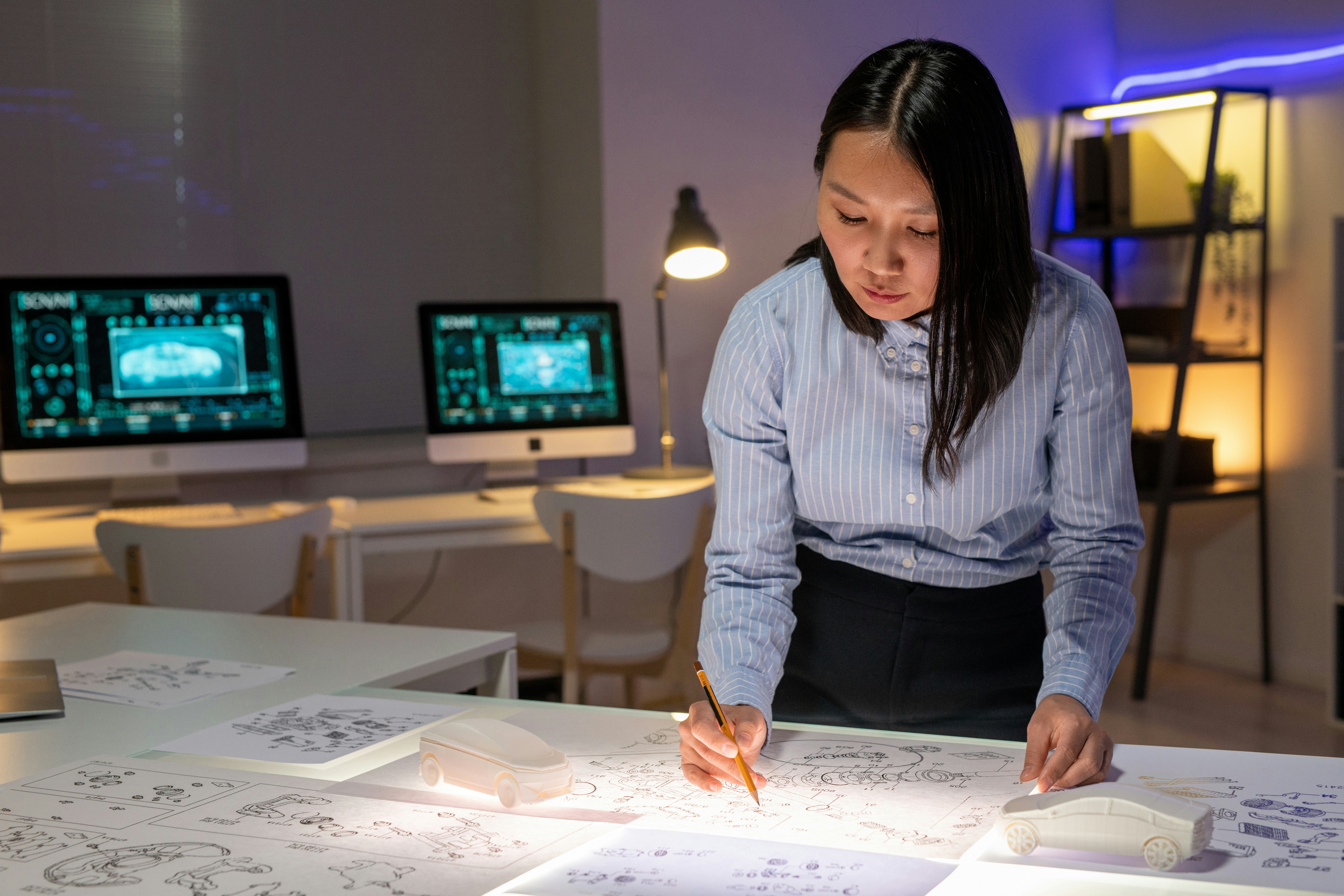
Architecture has traditionally been a male-dominated field, but the landscape is shifting dramatically. Women are no longer just participants; they are leading the charge in redefining the future of architecture. Their contributions span innovative design, sustainable practices, and inclusive spaces that reflect diverse experiences. This article examines how women are transforming the profession and shaping its direction with innovative perspectives and groundbreaking ideas.
Breaking Barriers and Challenging Norms
For decades, architecture was perceived as a career reserved mainly for men. Women often faced significant obstacles ranging from limited access to education and mentorship to biases within the workplace. Despite these challenges, more women have pursued architectural studies and careers, challenging the status quo and demanding equality. Their determination has gradually eroded long-standing barriers and changed industry norms.
Moreover, women architects have begun to occupy leadership roles in major firms and institutions. This shift is significant because it brings new voices to the table where decisions are made. By challenging conventional hierarchies, women are not only opening doors for themselves but also creating pathways for future generations to follow. As a result, the architecture industry is slowly transforming into a more inclusive and equitable profession.
Infusing Architecture with Diverse Perspectives
Women bring unique perspectives to architectural design by incorporating varied life experiences and social insights. This diversity is crucial because architecture influences how people live, work, and interact. When designers reflect the broad spectrum of society, buildings and spaces become more responsive and empathetic to the diverse needs of different individuals.
Furthermore, women often emphasize the importance of creating inclusive and accessible environments. For example, they consider factors such as safety, comfort, and community engagement in their designs. This focus results in spaces that cater to a broader audience, including marginalized groups. Consequently, architecture is evolving from rigid, uniform structures into dynamic environments that celebrate diversity and foster human connection.
Driving Innovation and Sustainability
Innovation lies at the heart of architecture’s evolution, and women are at the forefront of this change. They explore new materials, technologies, and construction methods that push the boundaries of what is possible. By experimenting with cutting-edge techniques, women architects contribute to the creation of more efficient, adaptable, and aesthetically pleasing structures.
Additionally, women’s leadership often prioritizes sustainability, reflecting a growing global concern about environmental issues. They advocate for green building practices that reduce energy consumption and minimize waste. Through thoughtful design choices, such as integrating natural light and utilizing renewable resources, women architects play a crucial role in creating healthier and more sustainable communities. Their commitment to environmental stewardship ensures that architecture not only serves current needs but also protects the planet for future generations.
Mentorship and Community Building
Another way women are shaping the future of architecture is through mentorship and fostering supportive networks. Many established women architects actively mentor younger professionals, providing guidance and encouragement. This support helps newcomers navigate the challenges of the field, build confidence, and develop their careers.
Alongside mentorship, women have also established organizations and communities dedicated to empowering female architects. These groups offer platforms for sharing knowledge, celebrating achievements, and advocating for policy changes. By building these networks, women ensure that the architectural profession becomes more welcoming and resilient. The sense of solidarity they cultivate strengthens their collective voice and accelerates progress toward gender parity.
Redefining Architectural Education
Educational institutions are evolving as more women influence the curriculum and teaching methods in architecture programs. They emphasize interdisciplinary learning, cultural sensitivity, and social responsibility. These changes prepare future architects to address complex challenges and design for a diverse world.
Moreover, women educators inspire students by serving as role models who demonstrate success in the profession. Their presence encourages more young women to pursue a career in architecture and inspires them to believe in their potential to lead. This shift in education fosters a new generation of architects who are innovative, ethical, and inclusive. As a result, architectural education itself becomes a catalyst for transformation.
Embracing Technology and Digital Tools
Technology is playing an increasingly vital role in architecture, and women are embracing digital tools to expand their creative possibilities. From 3D modeling and virtual reality to parametric design, women architects use these innovations to enhance precision and visualization. This technological fluency allows them to explore complex forms and tailor designs more effectively to client needs.
Additionally, digital platforms enable greater collaboration and communication among design teams. Women leverage these tools to build more integrated and flexible workflows. By embracing technology, they streamline processes and improve project outcomes. This approach not only enhances efficiency but also fosters experimentation and innovation, thereby driving the field forward.
Shaping Urban Spaces and Public Life
Women architects play a significant role in shaping urban spaces that foster social interaction and promote well-being. They design public parks, community centers, and transit systems with a focus on inclusivity and safety. By prioritizing human-centered design, they help create cities that are vibrant and accessible for all residents.
Their involvement also extends to policy and planning, where they advocate for equitable development and sustainable growth. Women’s input in these areas ensures that urban environments consider the needs of families, older adults, and underserved communities. As a result, the cities of tomorrow are becoming more livable and resilient, reflecting the values women bring to urban design.
The Future of Architecture Is Inclusive
Women are reshaping architecture in profound and lasting ways. By breaking barriers, injecting diverse perspectives, and driving innovation, they redefine the possibilities of the built environment. Their leadership in mentorship, education, and technology further strengthens the profession and its future outlook.
As the architectural field continues to evolve, the inclusion of women’s voices is essential. Their influence ensures that architecture reflects the complexity of society and embraces sustainability, equity, and creativity. The future of architecture is not only being built by women but is also being enriched and transformed by them at every step.